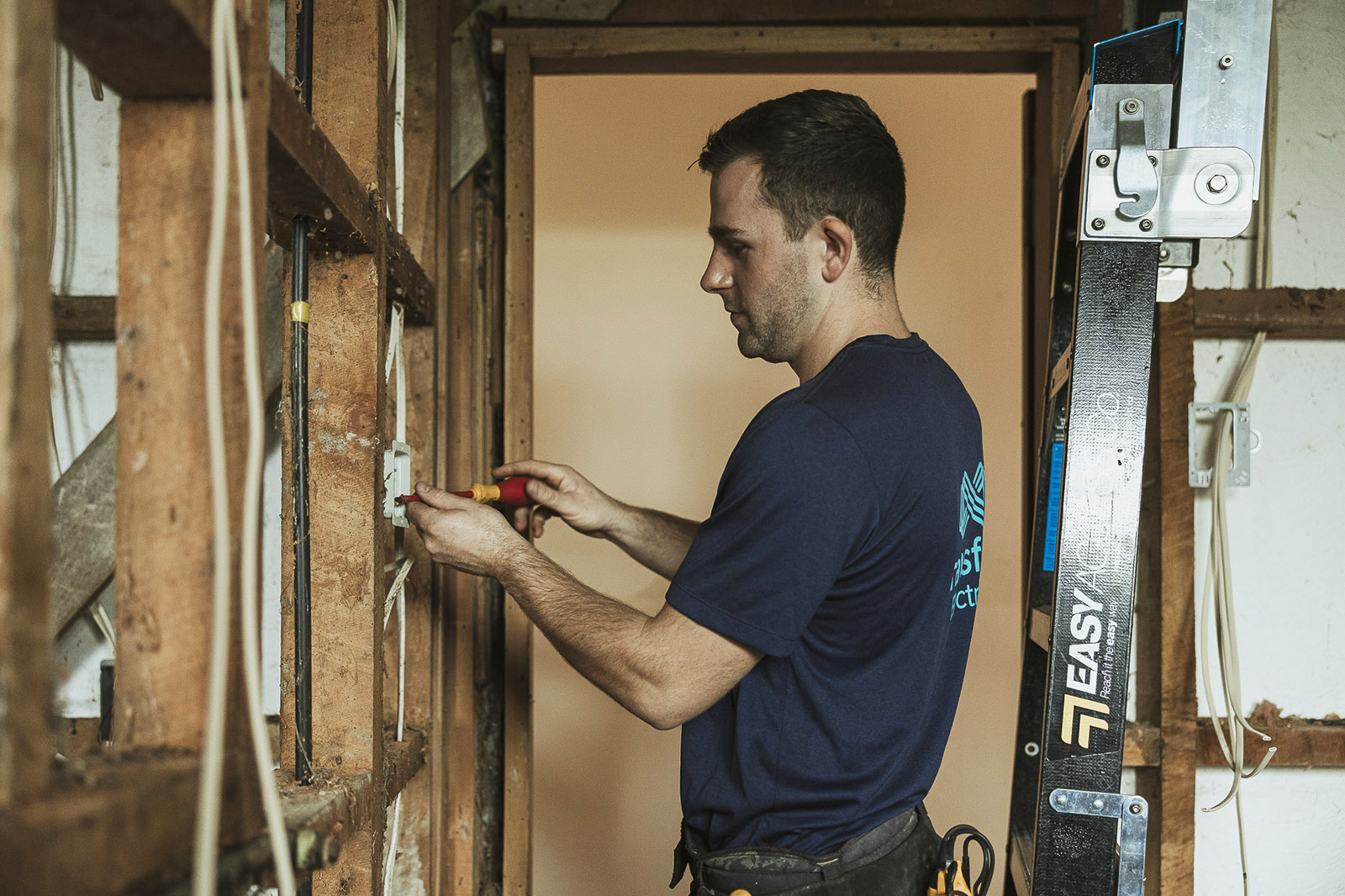Wellington’s housing mix has a lot of character, but with older homes come older wiring systems that may no longer be safe or efficient. Whether you’re renovating, buying, or just starting to notice things not quite working as they should, knowing when it’s time to rewire can prevent serious safety hazards and keep your home up to modern standards.
At Transform Electrical, we help homeowners across the Wellington region assess and upgrade their wiring with care, precision, and full compliance with NZ electrical codes. Here are the key signs it might be time for a rewiring job:
- Flickering lights or frequently blown fuses: If your lights regularly flicker or you’re constantly resetting circuit breakers or replacing fuses, your wiring might be struggling to handle modern power loads. This is especially common in older Wellington homes with outdated fuse boxes or cloth-insulated cabling.
- Discoloured power points or burning smells: Burn marks, heat around outlets, or a faint burning smell are red flags that something is overheating behind the walls. This could mean deteriorating insulation or overloaded circuits — both serious fire risks.
- Your home is over 40 years old: Many classic Wellington homes built before the 1980s still have the original wiring, which may no longer meet safety standards. If you’re unsure when your property was last checked or updated, now’s the time to book a professional electrical inspection.
- Renovating or adding high-demand appliances: Adding a new kitchen, bathroom, or heat pump? These upgrades can put stress on outdated wiring. Rewiring ensures your system is ready for the extra load — and it’s much easier (and cheaper) to do during renovations.
- No RCD protection or old-style fuse boxes: Modern switchboards include RCDs (Residual Current Devices)that shut off power instantly in dangerous situations. If you still have ceramic fuses or no visible RCDs, your system likely needs upgrading to meet current safety codes.
Got questions? Hit our contact button – we’d love to hear from you!
←
Back to Articles
←Back


